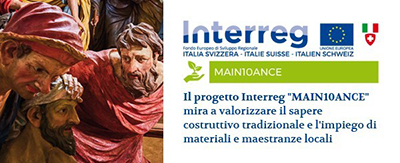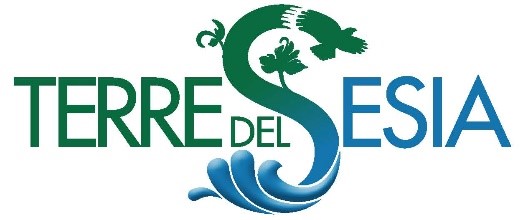Sacro Monte di Belmonte
Credits: Photographic archive Eraldo Perino
The Special Reservation of the Sacred Mount of Belmonte was established by Piedmont Region in 1991 on a total area of about 349 hectares that it extends over part of the towns of Courgnè, Prascorsano, Pertusio and Valperga’s territories. In 2003 UNESCO inserted, into the List of World Heritage, the seven Sacred Mounts present in Piedmont (Belmonte, Crea, Domodossola, Ghiffa, Oropa and Varallo) and the two in Lombardy (Ossuccio and Varese) with the reason: “The nine Sacred Mounts are groups of chapels and other architectural artifacts erected between the 16th and 17th centuries, dedicated to different aspects of Christian faith. In addition to their symbolic and spiritual meaning, they possess remarkable beauty, virtue and pleasantness qualities, and they appear to be integrated in a natural and landscape environment of hills, woods and lakes. They also contain very important artistic artifacts like frescoes and statues”. The inclusion in the UNESCO’s List imposes “the obligation to guarantee identification, protection, preservation, promotion and transmission to future generations of its own cultural and natural heritage”. The Management Body of the Sacred Mounts was established in 2012 and has its own registered office at the Sacred Mount of Crea in Ponzano Monferrato (AL). (www.sacrimonti.org)
Cinerary urns - Credit: Ivo Ferrero
Archeology
The pioneering archaeological excavations of the 60s-70s and the more systematic ones of 1982-1983 by the Superintendence of the Archaeological Heritage of Piedmont proved that the mount of Belmonte was inhabited by man between the end of the Bronze Age and the Iron Age (from the 13th century B.C. to 400 B.C.).
The ancient man of protohistoric village hunted, raised animal, grinded grain and cooked foods in the hearths inside the huts. The necropolis was located on the eastern slopes of the hill, near the Church of Saint Apollonia, where numerous ceramic fragments and cinerary urns were found during excavations. The high position promoted the development of a fortified settlement (castrum) between the 5th and 6th centuries AD, later occupied by the Lombards in the 7th century. Part of the settlement and its wall belt, rebuilt several times, are visible at the top of the hill and even on the central plateau, called “Campass”. Pottery, agricultural and craft tools in iron, weapons and jewels, such as the cross-shaped fibula (brooch), visible to the Archaeological Museum of Canavese at the Manufactory of Cuorgnè, come from the residential and artisanal buildings, one of which can be interpreted as a forge.
www.cesmaonline./museo- archeologico-del-canavese.org
Lombard fibula - Credits: Marco Cima
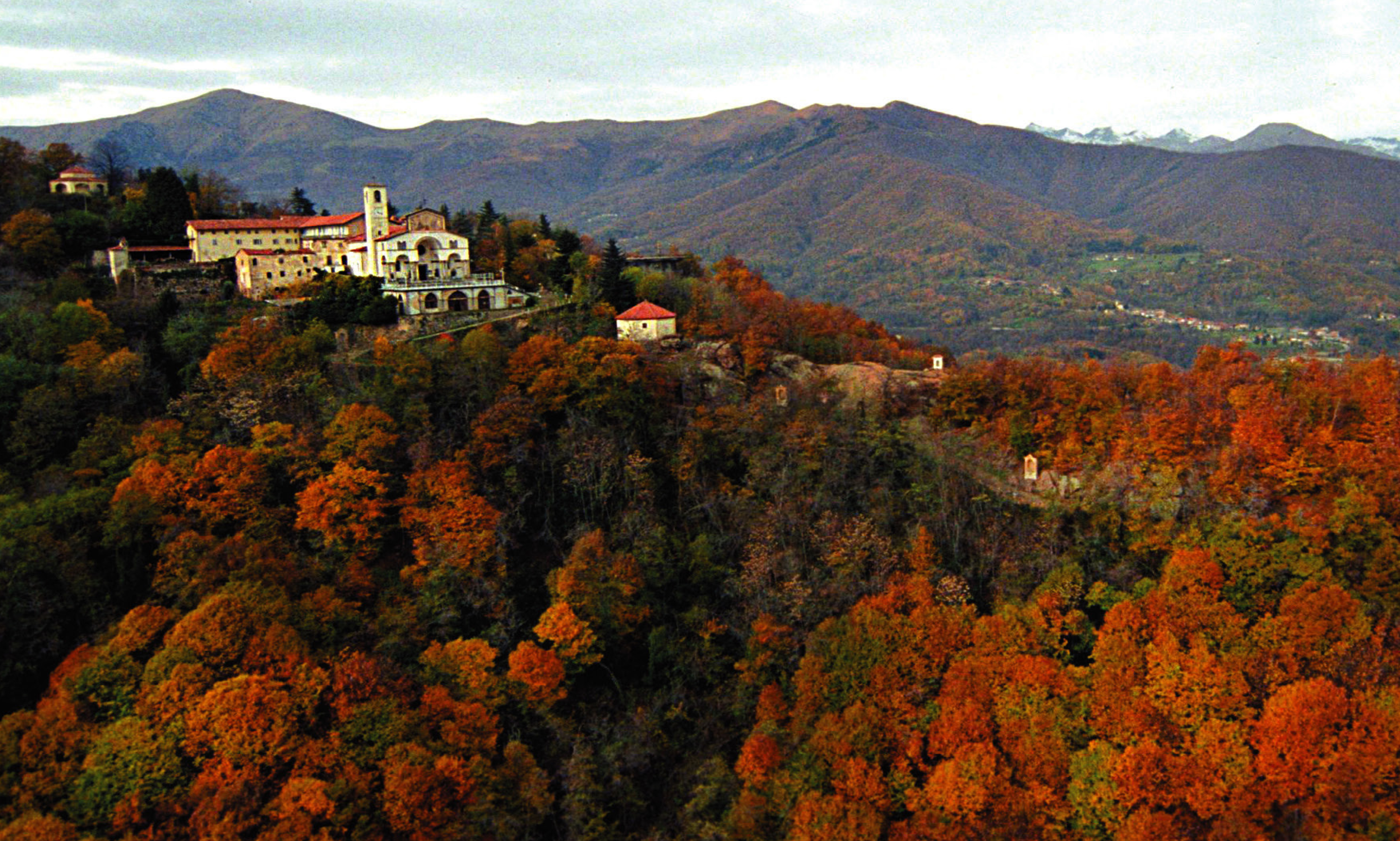
Credits: Archivio fotografico Eraldo Perino
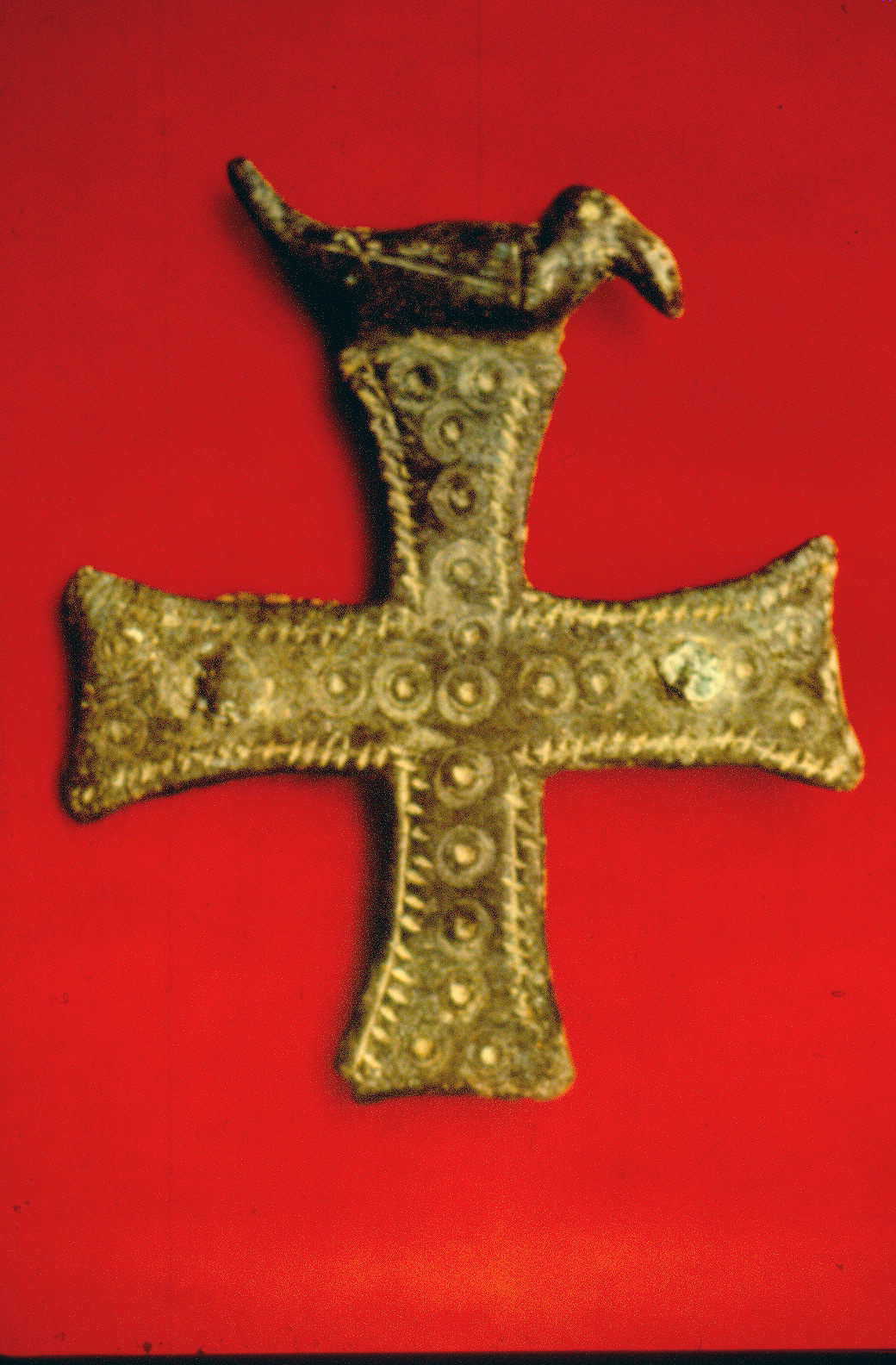
Fibula longobarda - Credits: Marco Cima
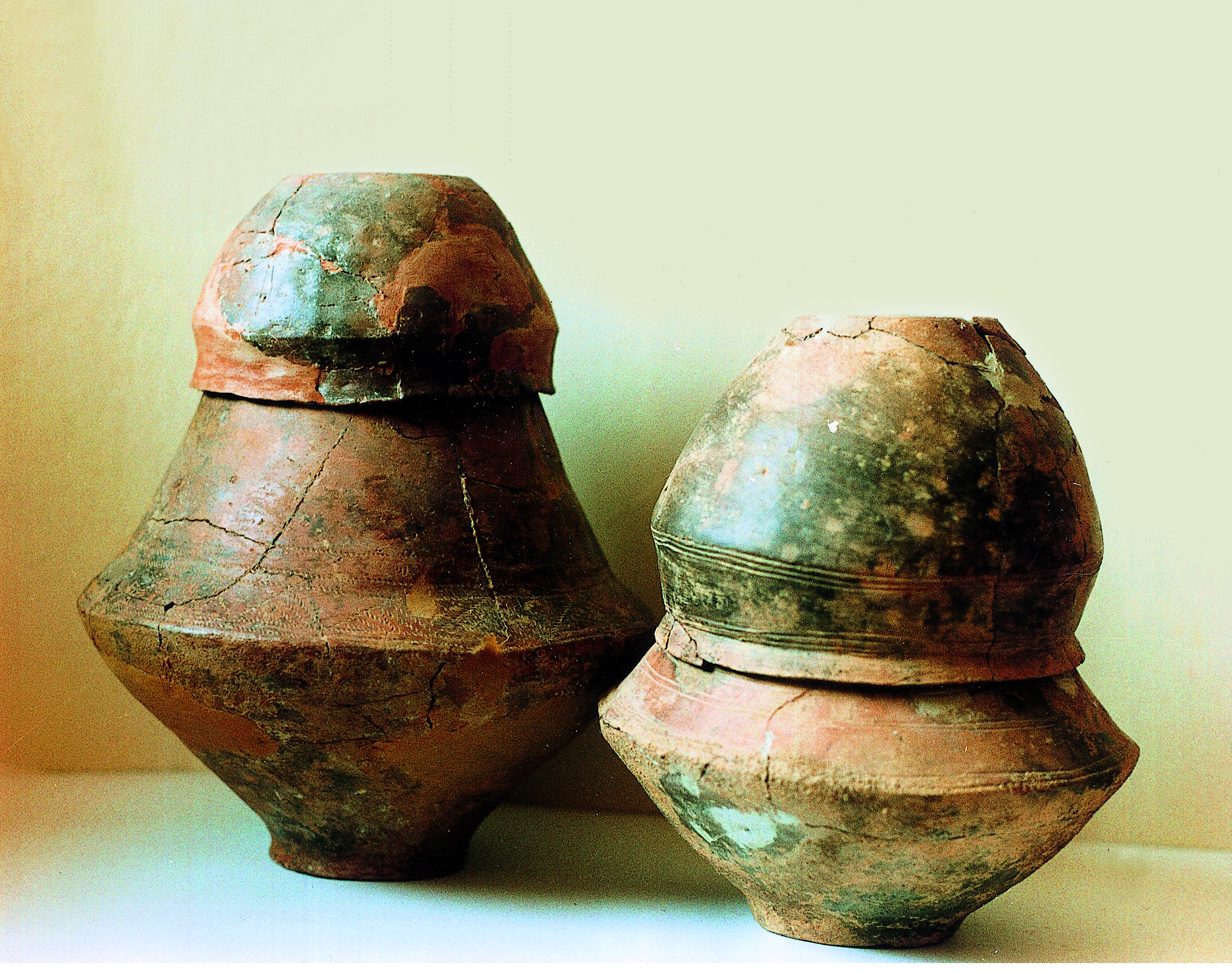
Credit:
Progetto architettonico: Studio associato FFWD Architettura/ arch. Antonio Cinotto, arch. Mariangela Angelico
Studio grafico: DSweb lab /Davide Aletti

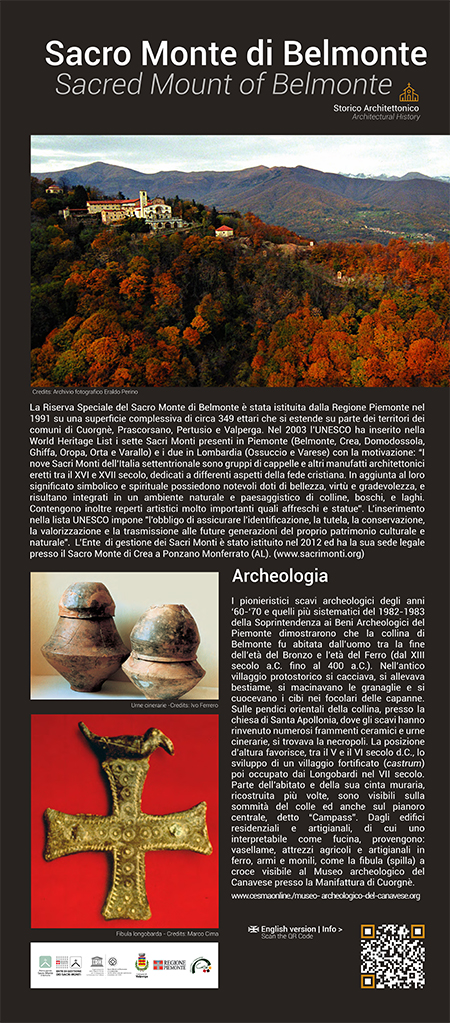
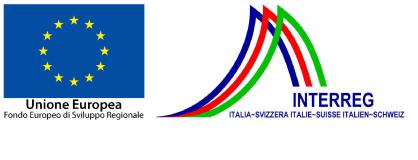
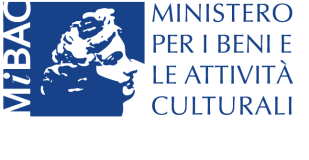



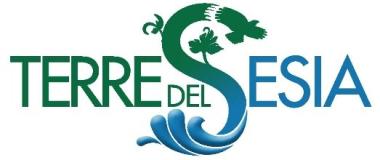
 Questo portale www.sacrimonti.org è un progetto finanziato a valere sui fondi della Legge 20 febbraio 2006, n. 77
Questo portale www.sacrimonti.org è un progetto finanziato a valere sui fondi della Legge 20 febbraio 2006, n. 77 